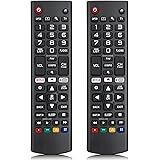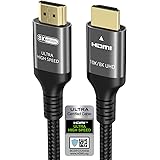Home Theater Volume Control
Many people use an AV receiver or sound bar with their TV to improve their home entertainment experience. In this type of system, the TV’s own speaker volume controls are typically bypassed and the sound from the TV is routed to the AV receiver through an HDMI cable or an optical audio connection. This can be difficult for some people to get used to because it means using the AV receiver’s own volume controls instead of the TV’s. However, there is a way to use the TV’s volume controls in this scenario that will allow you to enjoy the best of both worlds.
To enable the TV’s speaker volume controls to be used with an AV receiver or sound bar, the TV must have its audio output set to FIXED and not VARIABLE in the Audio Output settings on the TV menu. This can be done by selecting the option “Audio Output is Fixed” or the option to have a fixed output level, depending on the settings on your TV.
The best and most common way to accomplish this is to connect the AV receiver or sound bar to the TV through an HDMI (ARC or eARC) cable. This will provide the best connection to the TV’s audio out port and will eliminate the need to use the AV receiver’s internal speakers. Using an ARC or eARC cable will also ensure that the TV and the AV receiver or sound bar are both controlled by the same source of power.
When connected this way, the AV receiver or sound bar should be set to automatically adjust its own audio output level to match the corresponding TV setting. This will provide a consistent and natural listening experience, eliminating the unwelcome blasts of commercials or the difficulty in hearing soft spoken dialogue. At the same time, Dolby Volume will preserve the original sonic balance of the content at any chosen volume level without the pumping and breathing effects of previous loudness control solutions.
Dolby Volume is an advanced technology that can be built into products like TVs, AV receivers, and set-top boxes, as well as into a broadcast bitstream. It provides a powerful solution to viewer complaints about inconsistent volume levels and delivers the quality that consumers expect from high-quality entertainment. The technologies behind Dolby Volume are based on psychoacoustic models of human hearing and provide significant improvements over traditional compression and expansion techniques. This allows Dolby Volume to correct for the loss of richness and detail that happens when content mixed at movie theater volume levels is played back in a home environment.









